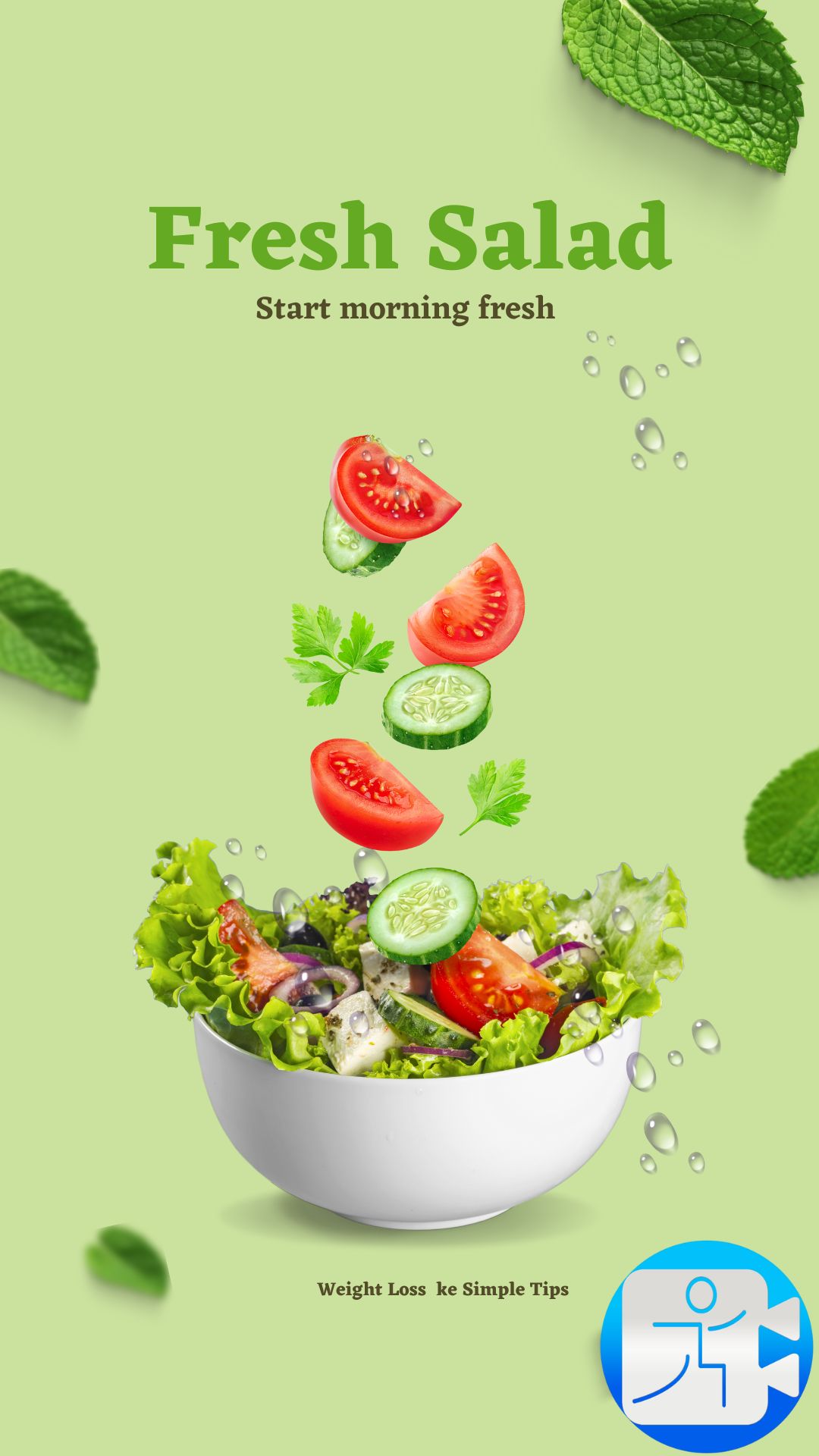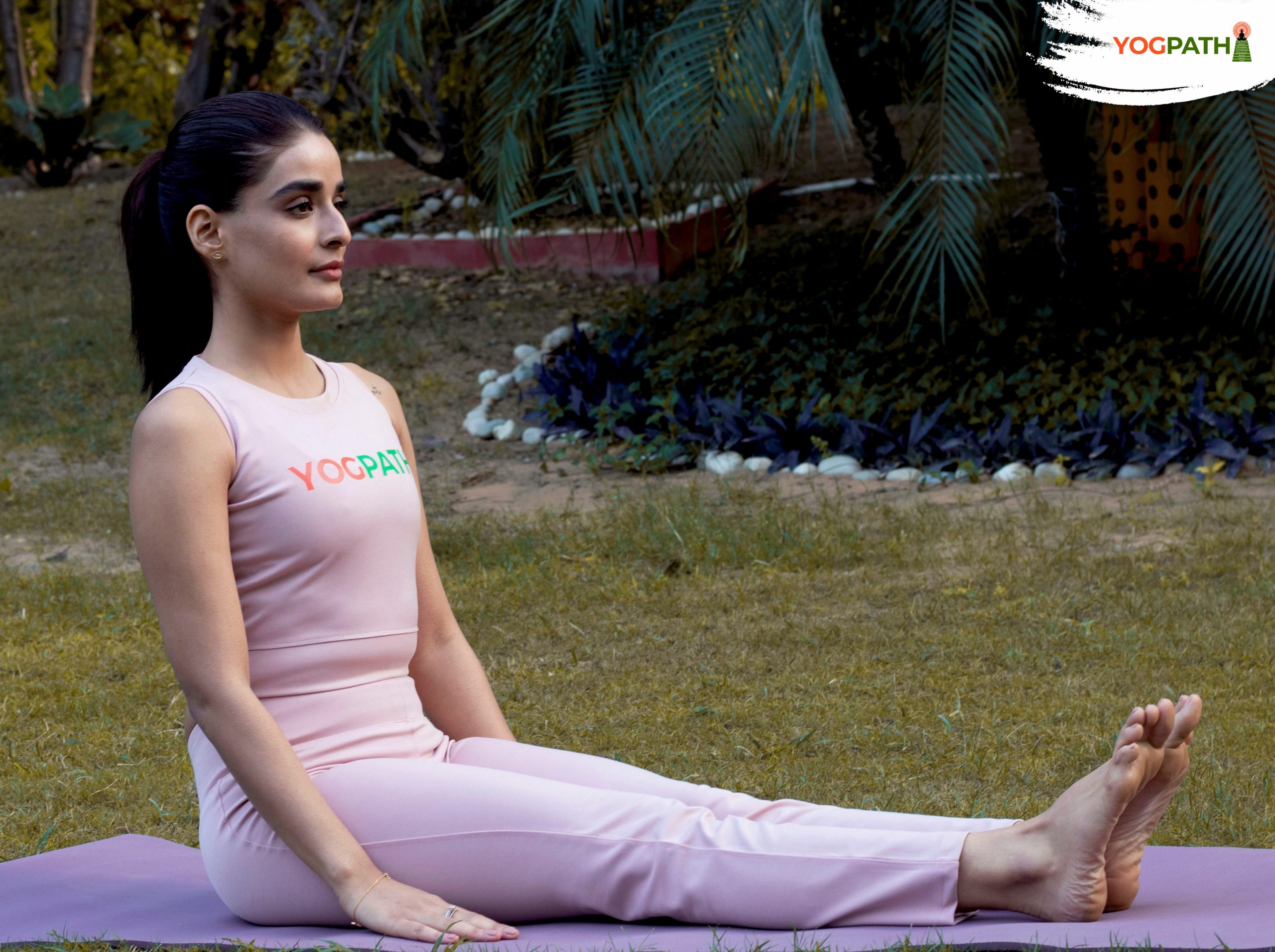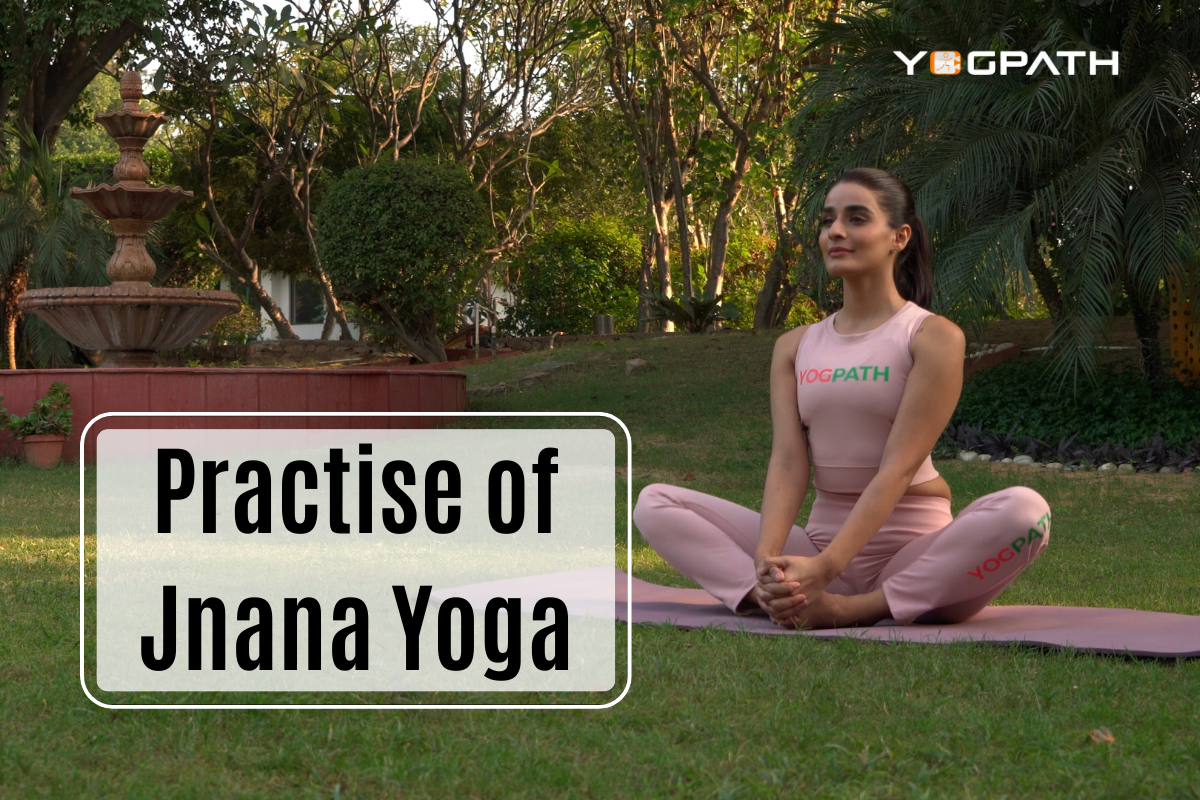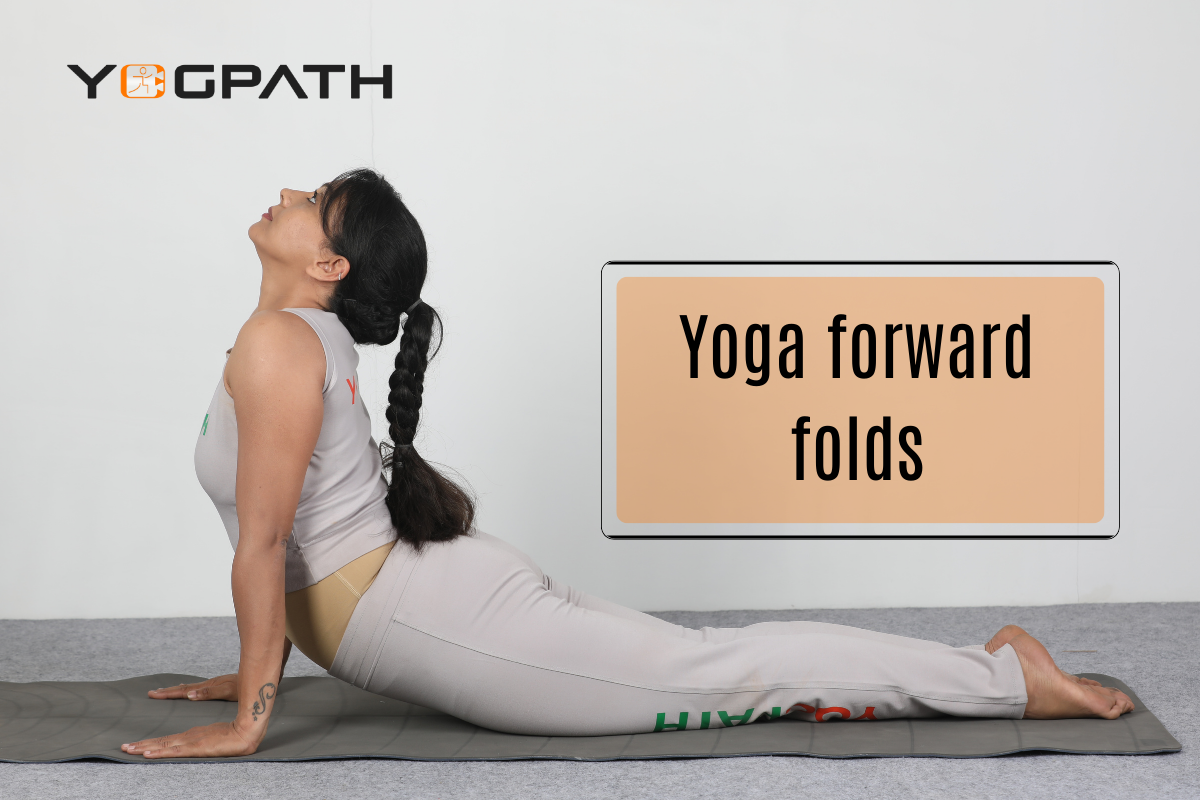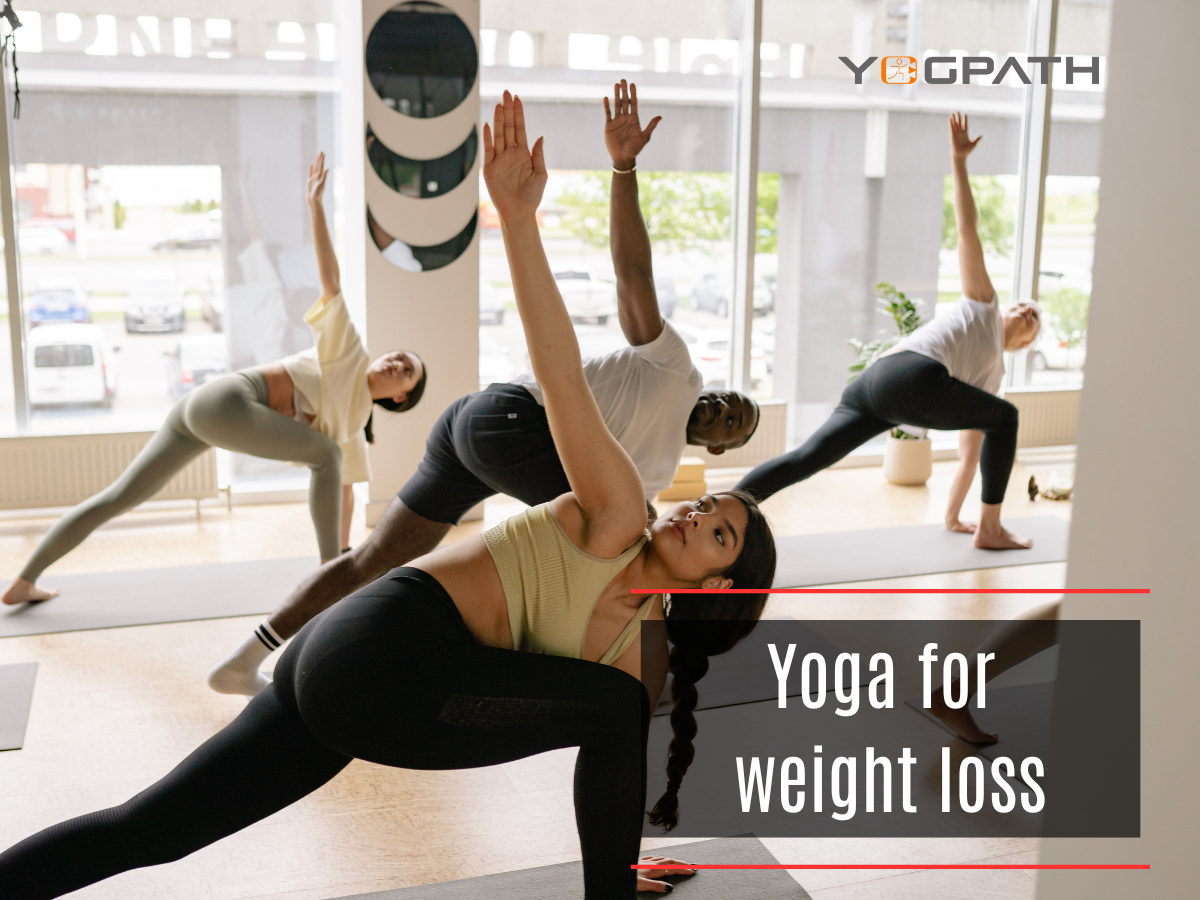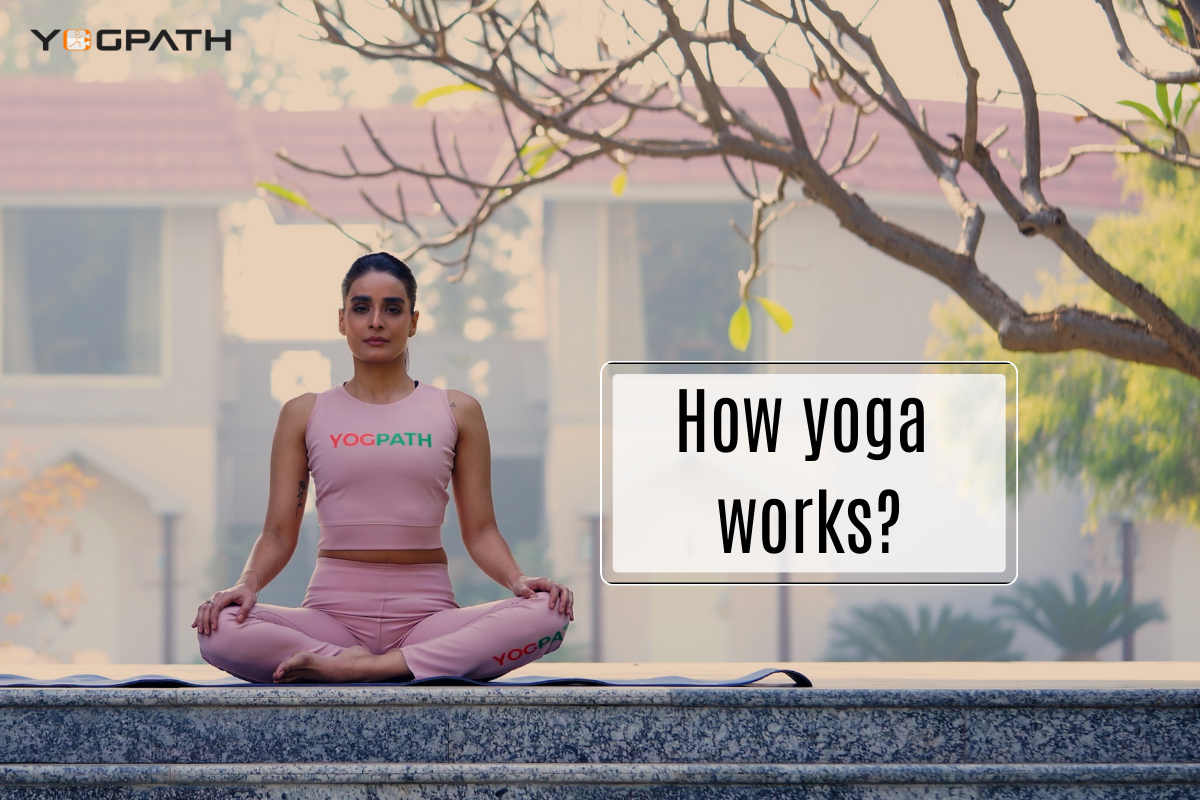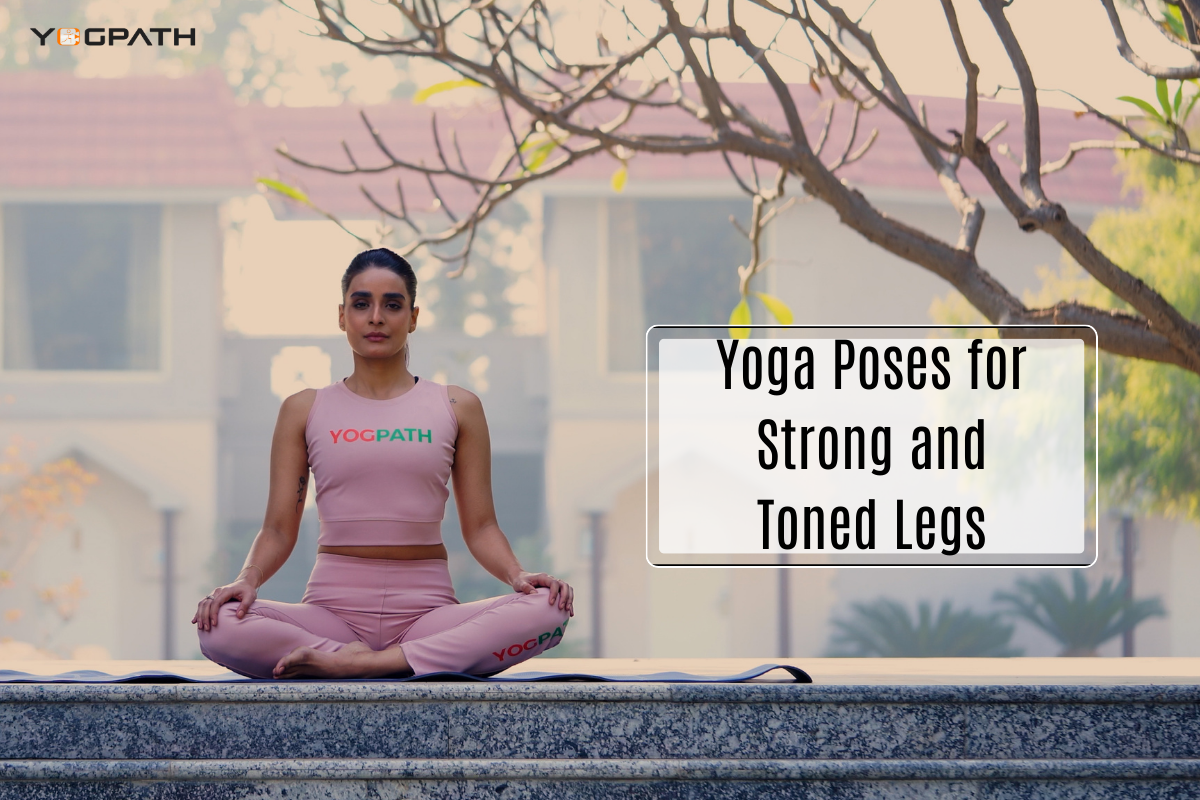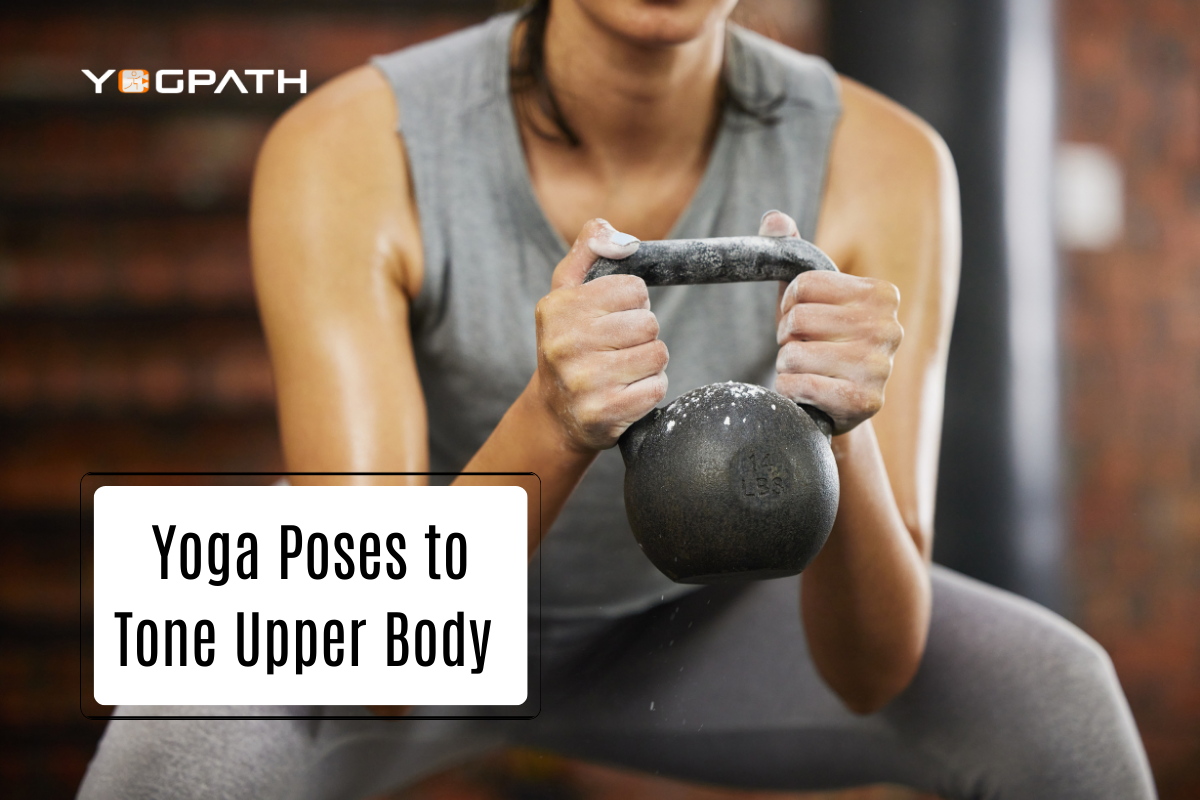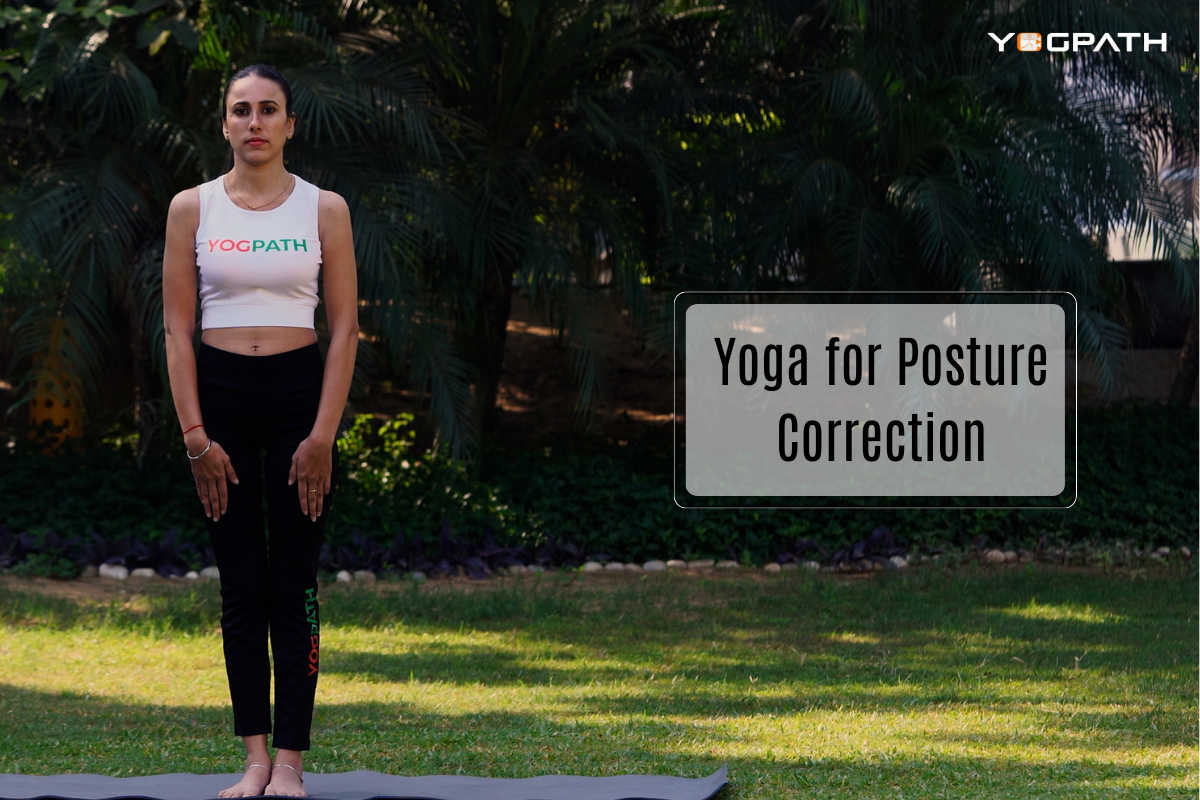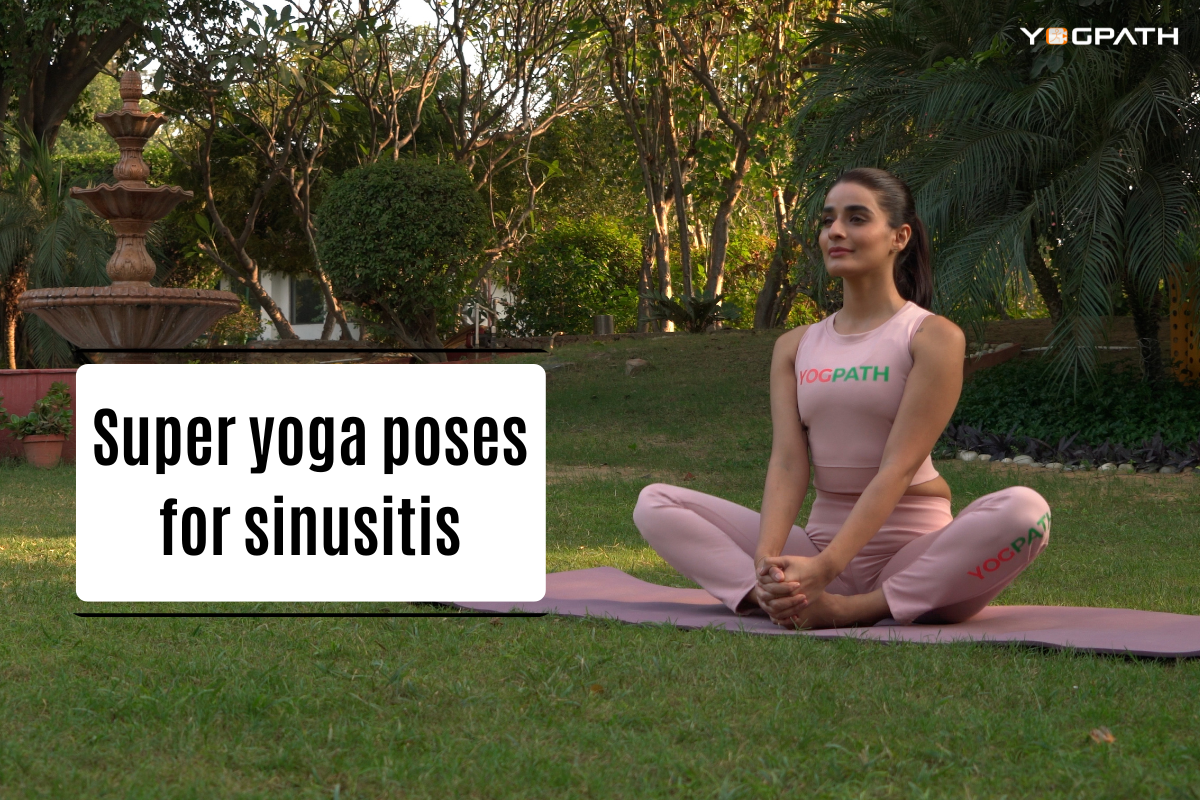
Sinusitis, also known as rhinosinusitis, is an inflammatory sickness that lasts longer than three to four months and is characterised by chronic discomfort and swelling in the nasal passages and sinuses. It is most evident during the monsoon season and the winter months. Chronic sinusitis is characterised by a disruption in the usual outflow of sputum-containing material from the nose. This causes the nose to become excessively congested and stuffy, which poses a threat to healthy breathing.
Sinusitis may be caused by a wide variety of factors, including but not limited to a deviated nasal septum, nasal polyps, respiratory tract infections (viral, bacterial, or fungal), allergies, cystic fibrosis, and inflammation caused by foreign particles. Sinusitis is characterised by nasal inflammation, thick nasal discharge, difficulty in breathing, pain and swelling around the eyes, cheeks, nose, or forehead, diminished taste and smell, sore throat, bad breath, pain in the jaws and teeth, fatigue, and other symptoms. Sinusitis may have symptoms that are similar to those of allergic rhinitis, which occurs solely due to infection from foreign allergens. Allergic rhinitis is caused only by infection from foreign allergens.
In spite of the fact that people with chronic sinusitis need corticosteroids to be taken orally or injected, as well as nasal irrigation, natural treatments are another option for those who want to avoid developing sinusitis and avoid having this irritating condition. Yoga is an approach that is more in line with nature and may help reduce symptoms while also giving the body a chance to relax and rejuvenate. This time-honored method, when used appropriately, not only strengthens lung muscles, improves mental state, and builds overall endurance, but it also makes breathing easier, immunizes the body against diseases, and does a great deal more besides.
Have you been having trouble breathing? Try out these five incredible yoga poses!
The following is a sequence of basic yoga poses that you might try to relieve some of the discomfort and pressure that comes with a sinus infection.
Positions in Yoga That Can Do Wonders to Ease Sinusitis
Adho Mukha Svanasana (Chair Pose) (Downward-facing dog pose)
Position your hands so that they are beneath your shoulders, and your knees should be about hip-width apart from one another. Get down on all fours. As you slowly lift your hips off the floor, you should also try to straighten your elbows and knees. Construct a “V” using your body in the opposite direction.
Now, with your hands resting flat on the ground, stretch your neck until the insides of your arms come into touch with your ears, and gaze down toward your navel. After staying here for five to eight breaths, swap sides and return to the starting position.
The advantages of the downward dog posture
The advantages of the downward dog posture include enhanced blood flow, the opening of energy channels that had been blocked, and a decrease in stress experienced by the body as a whole. The pressure in the sinuses is relieved, and the nasal passages are opened, which is a benefit in addition to the pain relief it provides for the neck and back.
Shoulder-Stand Pose
Shoulder-Stand Pose, also known as Salamba Sarvangasana, requires the practitioner to lay on his or her back with the legs extended apart and the arms resting at the sides of the body.
To achieve this position,
- Bring your thighs, buttocks, and hips up into the air while simultaneously swinging your legs up and anchoring your chest to the ground with your elbows.
- As you become comfortable in the posture, make sure to keep your legs and spine as straight as possible.
- Maintaining a normal breathing pattern, continue to maintain this posture for thirty to forty seconds.
- You should repeat this pattern two or three times, and then settle into Shavasana with your legs hanging at your sides.
Benefits
Shoulder stand stance, also known as the “Mother of all Poses,” has several advantages, including a decrease in stress and an enhancement in mental clarity. This pose is generally known as the “Mother of all Poses.” Sinusitis and other allergy-related issues are eased, and improvements are also shown in sleep quality and irritability. Even the function of the lungs is improved, which in turn has a positive effect on the immune system.
Setubandha Asana (Bridge Pose)
To begin, you should recline on your back so that your back is as flat as possible. At this point, you should try to bring your knees and elbows together. Put your hands in a comfortable position on each side of your head, and place your feet firmly on the floor at the level of your hips. Make a concerted effort to lift yourself off the ground by distributing your weight evenly between your hands and feet. After twenty to thirty seconds have passed, slowly and cautiously bring your body back to a standing posture.
Benefits:
The advantages of assuming this posture include not just reducing the pain associated with arthritis but also lowering mental stress, tension, and anxiety as well. Because the heart is elevated to a higher position, the chest cavity is stimulated, which in turn helps the sinuses and makes it easier for oxygenated blood to flow to the heart. By opening up the airway in the throat, it may also help with the pain associated with allergies and sinusitis.
Matsya Asana
To attain Matsya Asana, also known as the Fish Pose, one must first lie down on their back and then draw their arms in closer to their body.
- Raise your chest and your head off the ground while simultaneously taking a deep breath in, and then maintain this posture while relaxing your back and arching your crown.
- Make use of your elbows to maintain stability throughout your whole body.
- Take some slow, deep breaths in and out to help you relax and open up your chest.
- Continue to linger in this spot for as long as it brings you pleasure.
Benefits:
The Fish Stance, also known as the “Destroyer of All Diseases” stance, allows you to take deeper breaths by stretching and strengthening the muscles in your lungs, which in turn enables you to breathe more fully. The clearing of clogged airways in the chest and the neck might help ease sinusitis symptoms. It plays an important part in alleviating the signs and symptoms of allergic responses, enhancing blood flow, and enhancing overall health and immunity.
Bhujangasana (Cobra Pose)
Simply go on your stomach and place your head on the ground in front of you. Always have a casual posture with your hands resting at your sides. Put some of your weight onto your hands, and then slowly lift your upper body off the ground while keeping your belly button pointing upward. Hold your shoulders down and back, and bring your arms up to the level of your shoulders. After maintaining this posture for 15 to 30 seconds, you should exhale as you return back to the starting position. Focus your focus on a particular area on the ceiling as you do this.
Benefits:
The cobra position has various positive effects on one’s health, including the reduction of fat around the abdomen, the expansion of one’s lung capacity, and the stimulation of one’s heart activity. As a result of the way that it extends the lungs and makes breathing simpler, the pigeon pose is not only an excellent stress reliever but also one of the best postures for reducing pressure in the sinuses.
